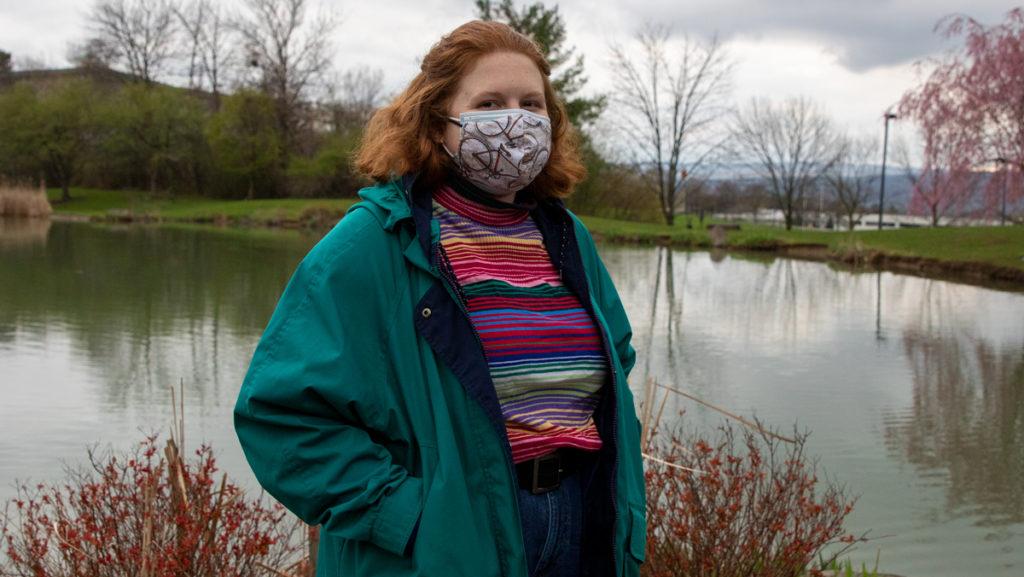When I was abroad in Dublin, Ireland, in March 2020, I came home two months early as a result of the spread of COVID-19 in Europe. My family was living in Wellington, New Zealand, at the time and did not want me to fly all the way across the world if I had another option.
This left me scrambling. Where was I supposed to go? Where would I feel “at home” for what would be an indeterminate amount of time? Although my grandparents offered to let me stay with them in North Carolina or Virginia, I did not feel comfortable potentially exposing them to COVID-19 if I contracted it on the plane or in the airport. I also identify as queer, and I knew that in a time of unpredictability, living long term with people who weren’t aware of that part of my identity could potentially make an already stressful situation even more complicated. With little information available, and limited time, I booked a one-way ticket to Boston, where I lived with my girlfriend and her parents — and grumpy dog — in total lockdown for three months.
This was where, I deduced, I could be my most authentic self while keeping my grandparents, who are at high risk for developing serious symptoms, safe — and prioritizing my mental health. Many do not have the privilege of unwavering support from their immediate families that my girlfriend and I experienced.
COVID-19 created unique circumstances in which LGBTQ college students, for whom school was a refuge, had to return home. Many re-entered toxic environments that were homophobic or transphobic, which had significant impacts on their mental health. One study conducted by Vanderbilt University researchers surveyed 477 college students across 254 college campuses and found that 45.7% of students were not out to or supported by their immediate families, whom they were living with during quarantine, and 60% of them were experiencing “psychological distress, anxiety and depression.”
The effects of the pandemic on the LGBTQ+ community can also not be discussed without highlighting how trans women, and specifically trans women of color, have been disproportionately impacted in all areas of life. Twenty-six percent of transgender people of color lost their jobs during the pandemic, compared to 12% of the general population. These impacts also extend to violence. In 2020 alone, 44 trans people were murdered: the worst recorded year of transphobic violence on record.
While I have experienced significant mental health challenges during the pandemic, my anxieties and struggles did not stem from my identity. I am lucky that who I love, or what gender I may or may not identify with, has not ended my life, nor worsened my mental health during a time in which everything around me is unraveling. I was able to live with my partner — while across the world from my family — during some of the most difficult times we have ever faced.
But this story is not shared by all. The experiences of LGBTQ+ college students during COVID-19, and the unique stressors we experience, are often left out of the conversation.














